Very many people pay attention to fig peaches, which are otherwise called flat. This unusual fruit has a large number of nutrients and is able to beneficially affect the human body.. In addition, this variety is much more stable than its more rounded relatives. Let's take a closer look at its description and characteristics.
Table of contents
What is fig peach, description
Many people think that fig peach is so called because of its relationship to figs, but this is far from the case. These two fruits are connected only by a similar, oblate shape..
- Fig peach
- Figs
Another false opinion is that the fig peach is a hybrid created by scientists, but this is also not the case. The first mention of the flat fruit was found in China, and it is believed that the fig peach originates from wild peach varieties growing in Asia. In the European part of the world, this variety was introduced in the late 19th century, while in Asian countries it has long been actively grown.
There are many subspecies of fig peach, so very often fruits vary in size and color, but each variety retains an excellent taste and aroma. Also, such peaches are very cold-resistant, well tolerate winter cold and spring frosts.
Average, fruits grow to 4-7 centimeters in diameter, and their mass is 100-120 grams. Peaches have a rounded, flattened form with a slightly depressed apex. The skin is rather thick with slight pubescence, the color range varies from yellow to bright red. The flesh is sweet, juicy, creamy or yellowish.
The composition of flattened fruit
Fig peach contains a huge amount of nutrients.
| Macro and trace elements | Sodium, potassium, phosphorus, calcium, chlorine, sulfur, magnesium, iron, zinc, copper, fluorine, manganese, chromium. |
|---|---|
| Vitamins | groups B, E, C, H, K, beta-carotene. In the bones of the fruit contains a large amount of vitamin B17, which, according to experts, can fight cancer and improve metabolism. |
| Organic acids | |
| Pectin | |
| Essential oils |
Fig peaches are well suited for dietary nutrition.. Despite the sweet taste of this fruit, they contain few calories.
Per 100 grams of product contains:
| Calorie content | 60 kcal |
|---|---|
| Squirrels | 4 grams |
| Fat | Absent |
| Carbohydrates | 54 grams |
Benefit and harm
Due to the rich chemical composition of fig peach, it brings great benefits to the human body.
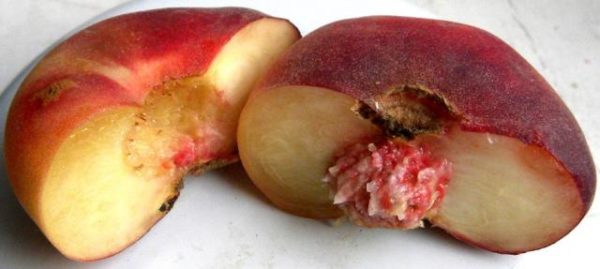
- fruits are great prevention against various types of oncology;
- improve intestinal functionwarning constipation and heartburn;
- help to speed up the metabolism, thereby helping to lose those extra pounds;
- strengthen the immune system person;
- also flat peaches are beneficial affect the work of the heart muscle;
- often used as antidepressants even for small children;
- remove toxicosis in pregnant women;
- liver function improves and biliary tract;
- also bones are used in cosmetology for the manufacture of various oils designed to rejuvenate and moisturize the skin.
Harm from use
Compared with the benefits of fig peach, there are very few contraindications..
- it is not recommended to eat these fruits people with allergies and idiosyncrasies;
- due to high sugar content not allowed to people with diabetes.
Features of growing
Compared to regular peach and nectarine, fig peach has a higher frost resistanceIn addition, flower buds are protected from freezing during the spring temperature drops.
In order for a flat fruit to take root well and actively bear fruit, it needs to provide a large amount of sunlight. Otherwise, the fruit will not be able to ripen. therefore it is necessary to plant trees in not shaded places.
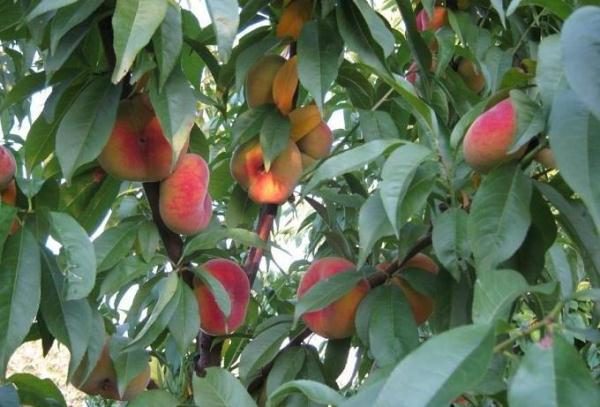
The rest of the principle of care for fig peach is no different from other crops. The tree needs timely application of fertilizing, stable watering and sanitary treatments for pests and diseases..
Also an interesting feature of the variety is the flowering of the tree, which begins in mid-April, which is rather late compared to other peaches. The fruits ripen in late August, therefore, the area for growing must be with a warm and long summer.
Landing
Before planting a peach, you need to buy a healthy seedling that can quickly settle on a new place. For this, it is recommended to pay attention to the following features:
- Sure to clarify acclimatization of the seedling to the region of future growth;
- On the root system must be absent traces of any damagethe presence of dry or rotted roots is also undesirable;
- If you pinch a piece of bark from the back side it should be green;
- Best to acquire annual trees.
Competent selection of a landing site will be a guarantee for obtaining abundant harvests of juicy peaches..
- The site must be sunny and protected from the wind, it is best to choose the south side of the garden;
- You also need to follow to peach no shade from other trees;
- Another condition would be no high groundwater level (not less than 3 meters).
The peach tree is planted in March or at the end of September - beginning of October. During the spring planting the pit is prepared in the autumn, and in the autumn 2-3 weeks before the procedure.
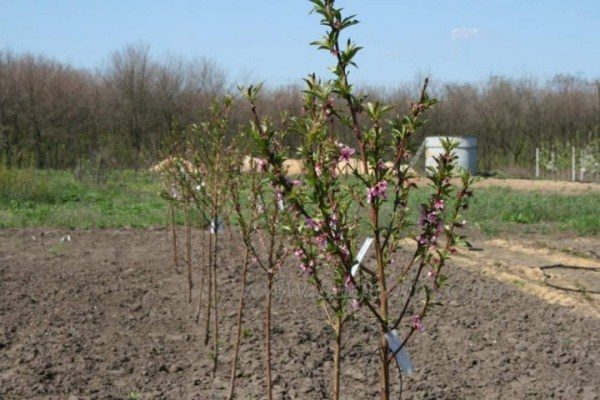
To do this, dig a pit with a diameter and depth equal to 50-60 centimeters. Then the fertile soil layer is mixed with the following fertilizers:
- 2 buckets of manure, humus or compost;
- 150-200 grams of superphosphate;
- 100 grams of potassium;
- 800 grams of wood ash.
During planting the root neck of the seedling is left on 3-5 centimeters above ground level. When the pit falls asleep, the seedling is periodically shaken to avoid the formation of air pockets.
When the work is completed, the sapling is watered with 2-3 buckets of water and mulched to a depth of 5-10 centimeters.
Care
Caring for a peach tree consists of several parts, first you need to ensure that it is watered correctly. With the onset of heat once every two weeks, 20-25 liters of water are brought under the tree.
Top dressing
Experienced gardeners recommend using the following fertilizer application:
- Spring - 50 grams of urea and 75 grams of ammonium nitrate are introduced under one tree;
- Autumn - peach trees need to get 50 grams of potash fertilizer and 40 grams of phosphate;
- Periodic feeding - once in 2-3 years it is necessary to make the soil more fertile, for this purpose, 10 kilograms of manure or humus are added to the near-barking circle for digging.
Pruning
In early spring, you need to properly form the crown of the tree, for this, remove all lateral branches, leaving only 3 skeletal branches, while the central trunk is trimmed slightly above the upper branch of the skeleton.
Then, every year, in March and October, sanitary and anti-aging pruning is carried out, removing all diseased, damaged, dry and frozen branches. Also, in order to avoid thickening of the crown, all branches are shortened so that their length does not exceed 50 centimeters. After each cut, the sore spot must be treated with garden pitch.
- Formative pruning of fig peach (1 year)
- Forming pruning cut of peach fan shape (2-3 years)
- Formed fan peach fig tree, spring
Varieties of fig peach
Saturn
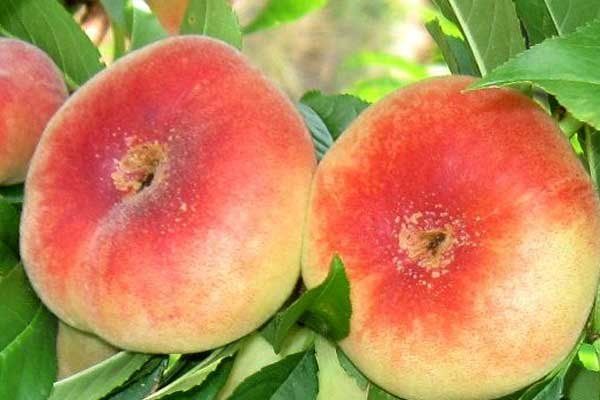
A tall tree with a sprawling crown early in fruiting and brings a good and stable crop, refers to the average maturity. Fruits weigh approximately 100g, flattened, yellow with red blush, the taste of peaches is considered excellent.In addition, they have good transportability, and the tree tolerates frosts easily;
UV-3
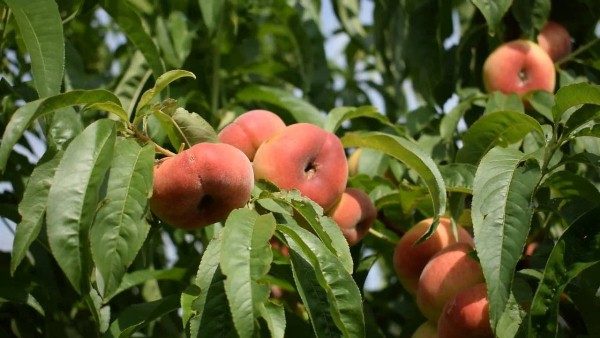
The tree reaches in height 2-2.5 metersbrings flat fruit weighing up 110 grams and with a red blush. The flesh is distinguished by the presence of pink streaks, the taste is sweet, honey. The variety is characterized by poor resistance to cold and low, but annual yield;
Vladimir
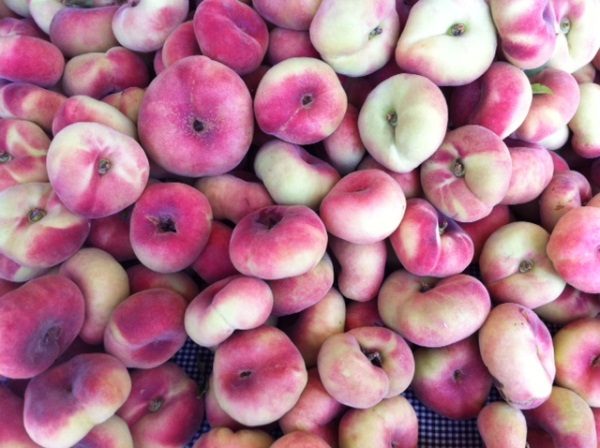
The tree of medium size brings good yields, is not afraid of the cold and most of the "peach" diseases. Fruits reach weight 180 grams, the skin is faded, with light red sides. The flesh is creamy, sweet and juicy;
Sweet Cap
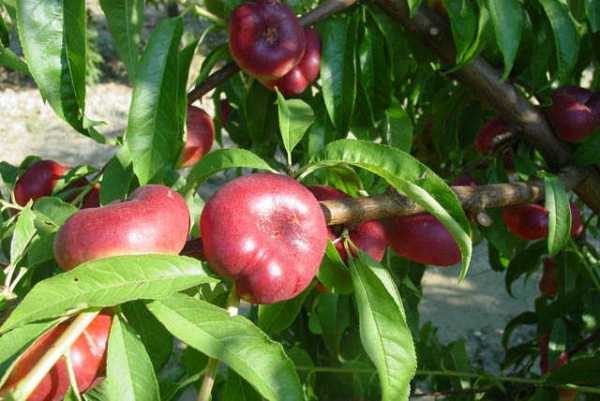
A low tree quickly begins to bear fruit, the peculiarity of a uniform ripening of peaches in almost the same time period. Productivity varieties considered good. Average, fruits weigh by 140-150 grams, the skin is burgundy, and the flesh is white, sweet-sour and very tasty;
Nikitsky flat
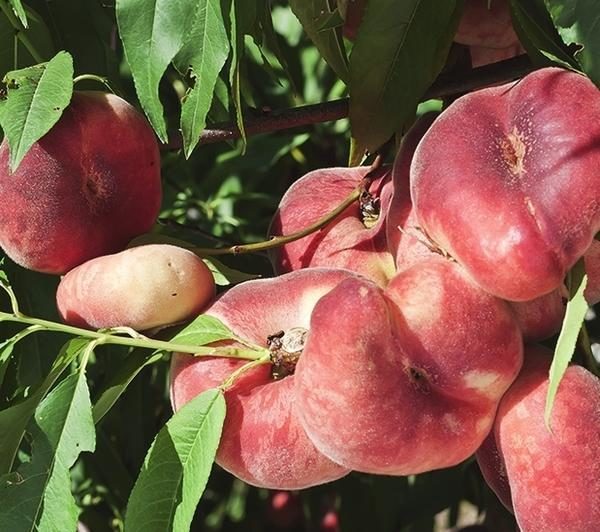
Small, spreading tree, best suited for Russia. One peach reaches mass in 100-110 grams, the taste is very pleasant and delicate.
Reviews
Anna: I tried to plant a fig peach in the Moscow region, at first everything was fine, but the first fruits did not ripen to the end, I thought it might be better next year, but alas, I was mistaken. Maybe the variety is not suitable, I chose, or maybe I didn’t care properly, but my miracle didn’t stick.
Andrew: in the south of Russia, I am pleased to grow a fig peach of the Saturn variety, very tasty and sweet, the children just adore him, and besides, the tree does not require complicated care.
Nina: I live in Voronezh, I used to constantly buy fig peaches on the market, it is as tasty as usual, and maybe even better. The flat shape and bone that can be easily removed make this fruit even more in demand. When I decided that I would grow this variety, my husband said that nothing would work out, but I still tried and was not mistaken. My peach is already 10 years old and it brings a very good harvest every year and does not die when it is freezing, although it is necessary to constantly wrap it up and protect it from cold weather.
Ksyusha: I like flat peaches very much, I decided to try to plant a variety of Nikitsky flat and did not lose. I planted a tree in the southern part of the garden plot and after 4 years I gathered the first crop of delicious peaches and my own.
Dmitriy: unfortunately, my fig peach did not survive the first winter and froze completely, I had to uproot the tree and forget about the idea of growing peaches in the Volga region.
Flat peach is a very hardy tree that brings tasty and juicy fruits.. With the necessary conditions, even a beginner gardener can cope with growing such a plant.
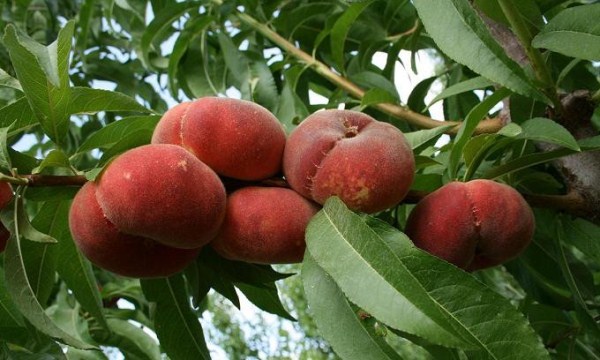
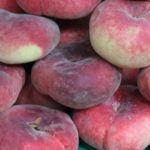
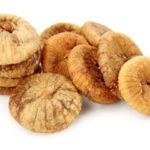
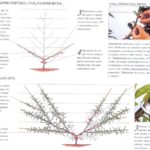
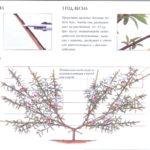
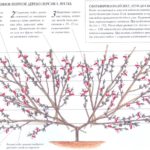
Good afternoon, dear colleagues! I beg you to sell me a SATURN peach sapling of one year old which I plan to plant in Montenegro on my plot! Answer it. Is it possible? I beg you not to confuse in the varieties that you often plant you wait two or three years and it didn’t grow very sadly, you understand me. If you do not sell, please answer so I would not wait in vain ok!